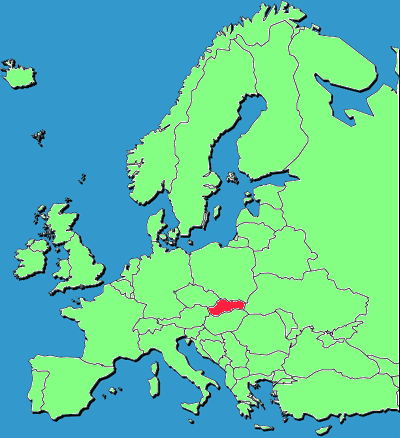
Circle the area on this map

B. Linguistic and genetic evidence suggest that the Roma, or Romani, left the northern Indian subcontinent about 1,500 years ago and first reached Europe about 900 years ago. The English term Gypsy, considered by many Romani people to be pejorative, comes from a mistaken belief in the Middle Ages that the Roma came from Egypt.
A. It is estimated that 10.33 percent of Bulgaria’s population is Roma. While the United States is believed to have 1 million people with Romani ancestry (more than in Bulgaria or Slovakia) it is a tiny fraction of the U.S. population of more than 334 million. Estimates of Roma populations vary widely, but there are believed to be about 10 million Romani people in Europe, many living in abject poverty.
C. The Pew Research poll found that 83% of Italians, 76% of Slovaks, 72% of Greeks, 68% of Bulgarians, 66% of Czechs, 61% of Lithuanians, 61% of Hungarians, 54% of Ukrainians, 52% of Russians, 51% of Poles, 44% of French, 40% of Spaniards, and 37% of Germans held unfavorable views of Roma. Only 0.3 of a percent of Italy’s population is Roma.
A. The Austro-Hungarian Empire broke apart after it was on the losing side in World War I. Czechoslovakia was recognized as one of the successor states to that empire. It was dissolved by the Nazis in World War II and reemerged as a Communist state after the war. After the Communist government was toppled in 1989, the nation peacefully spit into the existing Czech and Slovak republics in 1992.